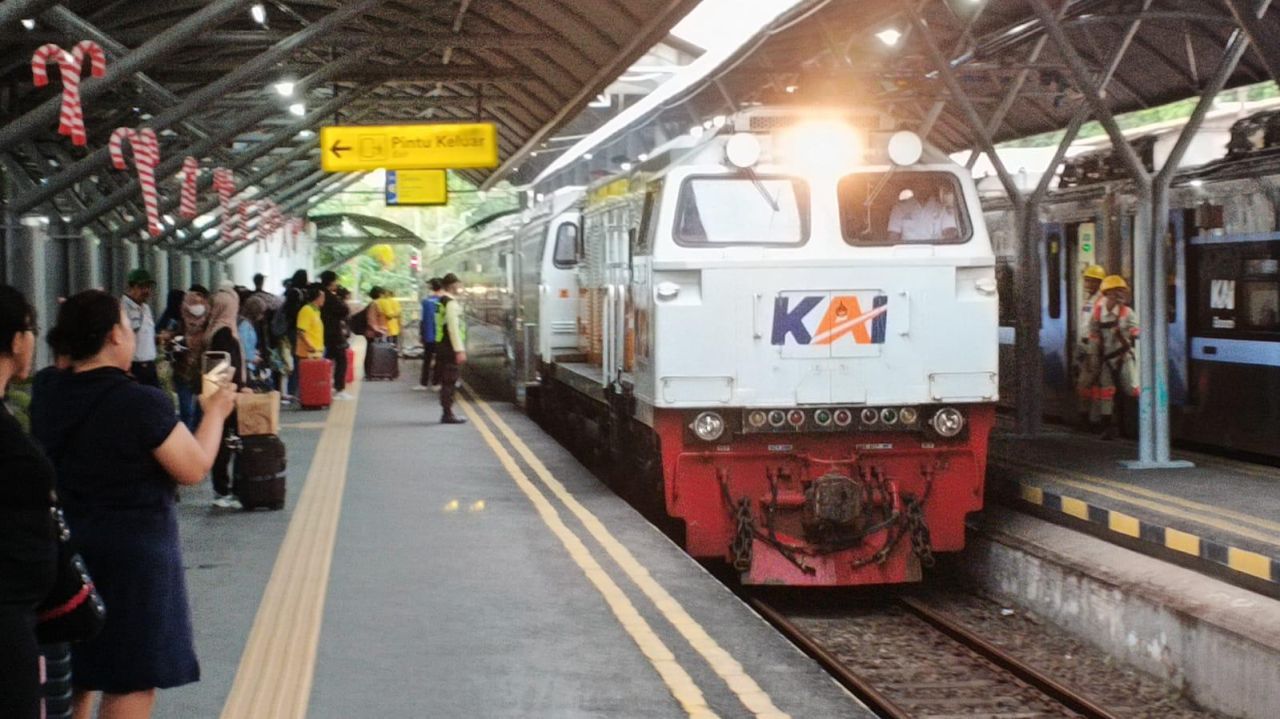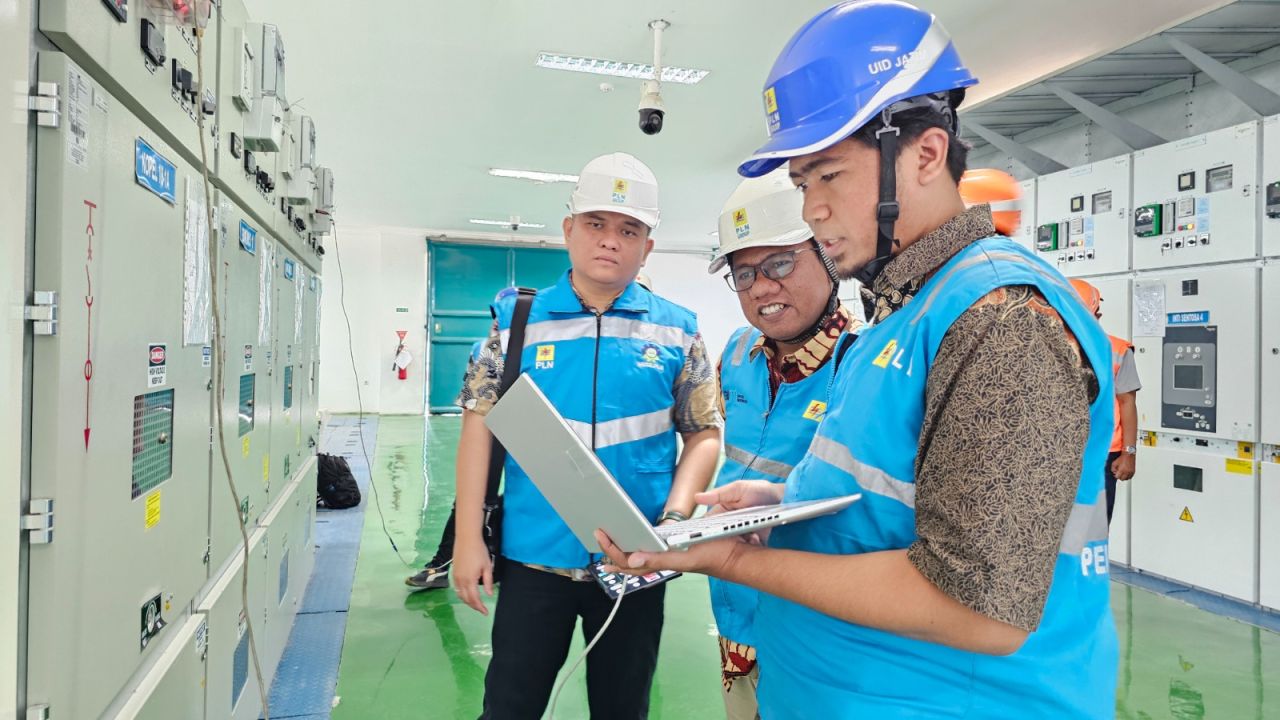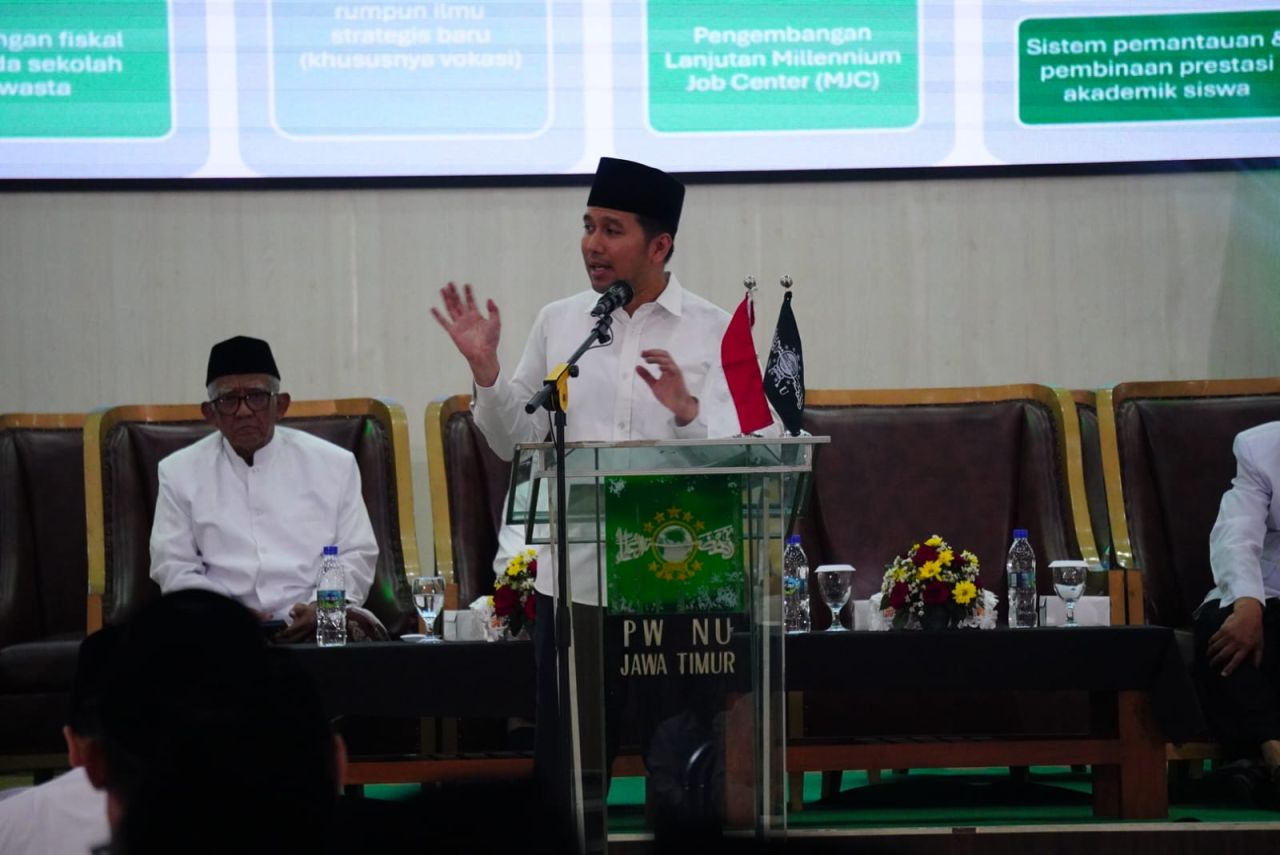From July 1, 2025, Victorian motorists will be required to slow down for tow truck, roadside assistance and incident response workers when their vehicle's lights are flashing.

Victoria has become the final state in Australia to expand its road rule requiring drivers to slow down for emergency responders to now include tow truck, roadside assistance and incident response workers.
From July 1, 2025, the existing road rule requiring drivers and motorcycle riders to slow down to 40km/h – from posted speed limits between 50km/h and 110km/h – for police, fire, ambulance, SES and VicRoads emergency service vehicles will include additional roadside workers.
The updated legislation will cover accident towing, breakdown towing, roadside assistance, and incident response service vehicles when they are stationary or slow-moving and displaying flashing red, blue, magenta, or yellow lights – including incident support vans across Melbourne's freeway network.

Known as Road Rule 79A, the law was first introduced in Victoria in 2017, with the RACV leading recent calls to expand it to include vehicle recovery workers after its roadside assistance employees reported frequent near misses.
RACV general manager of automotive services Makarla Cole said the amendment would align Victoria with all other Australian states.
"Since 2017, drivers on Victorian roads have had to slow down to 40 kilometres per hour when passing emergency services vehicles at the side of the road," Cole said.

"For the past two years, RACV has called on the Victorian Government to include roadside assistance vans, such as RACV patrol vans, and tow trucks in this rule.
"Victoria's emergency roadside workers and tow truck drivers are often the first and only responders to an incident or breakdown and are exposed to the same risks to other responders, such as police and paramedics.
"I am sure every driver who has needed the help of an emergency roadside assistance worker or tow truck driver will be pleased to know that the Victorian Government is now protecting these essential responders in their workplace, and their customers."

Victoria's roads and road safety minister Melissa Horne said the rule change "acknowledges the risks" these workers face when responding to incidents at the side of the road.
"Incident response, roadside assistance and breakdown towing vehicles are there for us when we are in need – this change acknowledges the risks they take and our commitment to keeping them safe," Horne said.
"It is the responsibility of all drivers to familiarise themselves with this road rule and to always slow to 40km/h past responding vehicles – for the safety of workers and all road users."
Transport Victoria said drivers are not required to wait until the next speed limit sign appears to return to the posted speed limit, but they must ensure they have driven past all emergency personnel at the scene.

A maximum $961 fine currently applies to drivers who are caught not slowing down to 40km/h in Victoria, with no demerit points applied.
Drivers in New South Wales, Queensland, Tasmania, Western Australia, and the ACT are also required to slow down to 40km/h for emergency services and roadside workers, while South Australian motorists must slow to 25km/h.
The 40km/h rule only applies when the posted speed limit is below 80km/h in Tasmania, or 90km/h in New South Wales and the ACT, with motorists instead required to slow down to a 'safe and reasonable speed' when travelling at higher speeds in these jurisdictions.
Jordan is a motoring journalist based in Melbourne with a lifelong passion for cars. He has been surrounded by classic Fords and Holdens, brand-new cars, and everything in between from birth, with his parents’ owning an automotive workshop in regional Victoria. Jordan started writing about cars in 2021, and joined the Drive team in 2024.















































